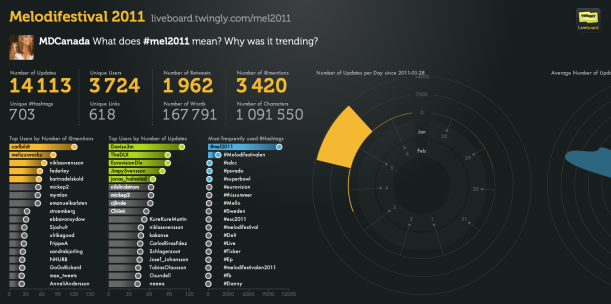I believe digital inclusion is part of the mission at cultural heritage institutions. A lot of work is going on in Europe right now to raise awareness about and to prevent digital exclusion.
In Sweden there is a whole campaign, Digidel 2013, run by the Swedish adult education in its broadest sense, that is, libraries, learning centers, adult education, adult education colleges. The campaign was launched December 3, 2010 with ”The appeal of digital inclusion”. The campaign aims to decrease the digital gap by half a million persons by 2013. The goal is for these people ”to start using the internet”.
So what is digital inclusion. The fact is that 1.5 million Swedes are excluded from the internet, mainly because they don’t have access to the internet in their homes. The term for these people is ”non-users” according to www.digidel.se.
Starting to think of the correct term for the people who actually have access to internet in their homes, but chose to not take part of the communities and conversations going on, I dropped a question on Twitter: What do you call the opposite of ”early adopters”? The English term is apparantly ”laggards”.
Laggards is a term quite impossible to translate to Swedish. It’s in any case rather negative. I find it excluding in itself (in it’s Swedish translation) even though it might be a common term in English.
In general I got quite excluding answers. I sense quite some frustration among my early adopter-Twitterfriends about these ”laggards”.
Communications consultant Brit Stakston at JMW Communications has with great persistance recently emphasized the need to take into account the people with ”analogue values”, who are unaccustomed to life online and how to use the internet. And this is what I am after. Maybe I won’t find a final term to use, but this is close enough.
And why does it matter? Well, trying to mediate cultural heritage online it’s ofcourse vital to know who is online and who is not, and to learn what ”being online” actually means. This is surely an interesting topic in itself.
Conclusion
The consumers of cultural heritage could perhaps, very roughly, be described as follows:
- Non-users (15 % in Sweden)
- People with internet access, analogue values, unaccustomed to live on the internet
- Early adopters (how many?)
I am still exploring the terms and the ”classification” and will surely return with new insights further on this year.

